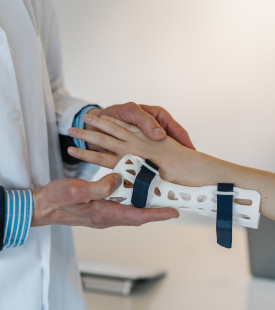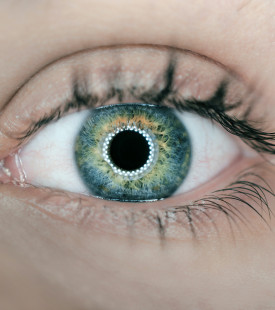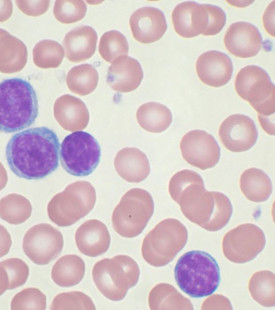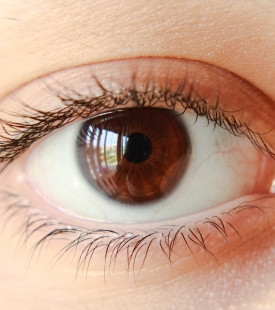Diseases
On Share4Rare you’ll find a safe place to share your experience, ask questions and get involved in research. You’ll find reliable content and people to help you regardless of where you are on your health journey.
Share4Rare is going to be piloted with diferent groups of conditions: rare tumours, vascular anomalies, neuromuscular disorders and undiagnosed patients. Also we will study the side effects of treatments in acute lymphoblastic leukemia patients and the impact of COVID19 in the rare diseases patients.
Data and experiences from patients and caregivers will allow us to describe the natural history of these conditions and identify the commonalities and specificities of these diseases.


















